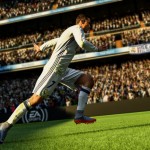
Introduction
We’ve already looked at how the Nikon D7500 fits into Nikon’s lineup, and how it compares to the more expensive D500 and its outgoing predecessor, the D7200.
But now, we’re going to look at how it compares with Canon’s EOS 80D.
The EOS 80D is older, admittedly, launching in February 2016 with an MSRP of $1199, though it currently sells for $1099. The D7500 was announced in April of this year, and its MSRP and selling price are currently both $1299. So you pay a little more, and get a newer camera with the D7500, but what does that actually translate to? Let’s find out.
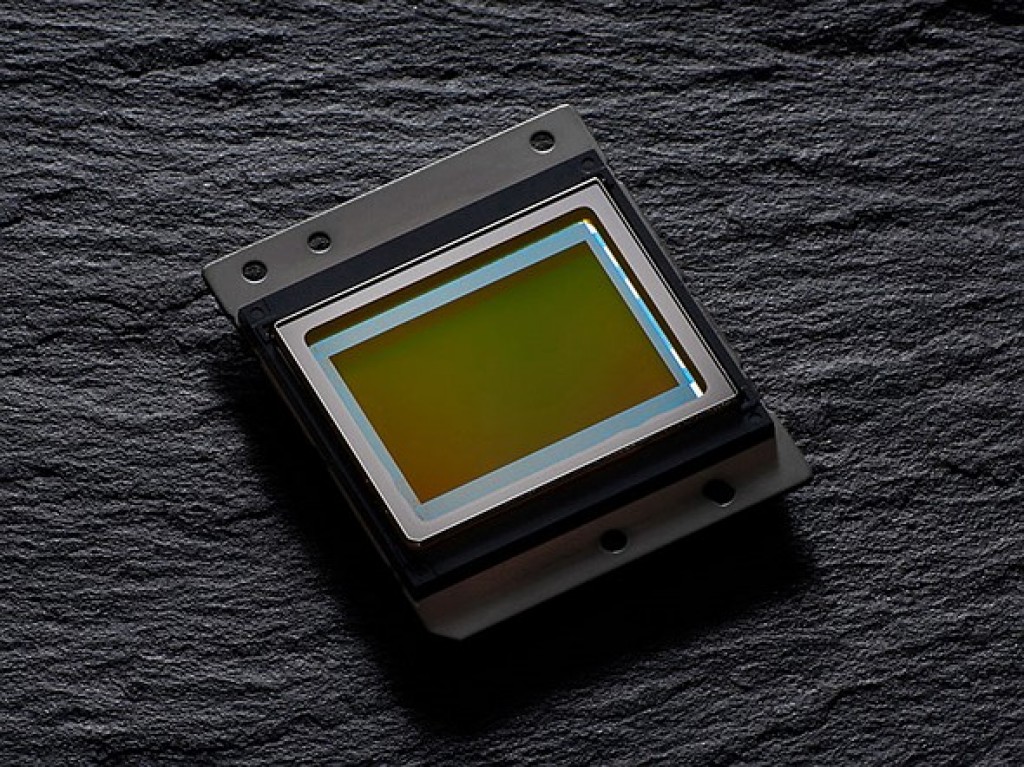
Sensor and image quality
The D7500 has inherited a new 20MP sensor from its high-end brother, the D500, which might look at first like a downgrade next to the 24MP unit in the EOS 80D. But while we haven’t had a chance to thoroughly test the D7500 just yet, It’s image quality is likely to be extremely similar to the D500, with that camera offering a bit better high ISO performance in Raw mode compared to the EOS 80D, and JPEG noise reduction that retains detail and eliminates noise just a little better as well.
We’re also a big fan of Nikon’s JPEG color rendition, with warm, saturated yellows and reds and vibrant – yet neutral – greens. So while it’s too early for us to make a definitive call on overall image quality, the D7500’s imaging pipeline certainly looks competitive, despite the (small) resolution advantage of the EOS 80D.
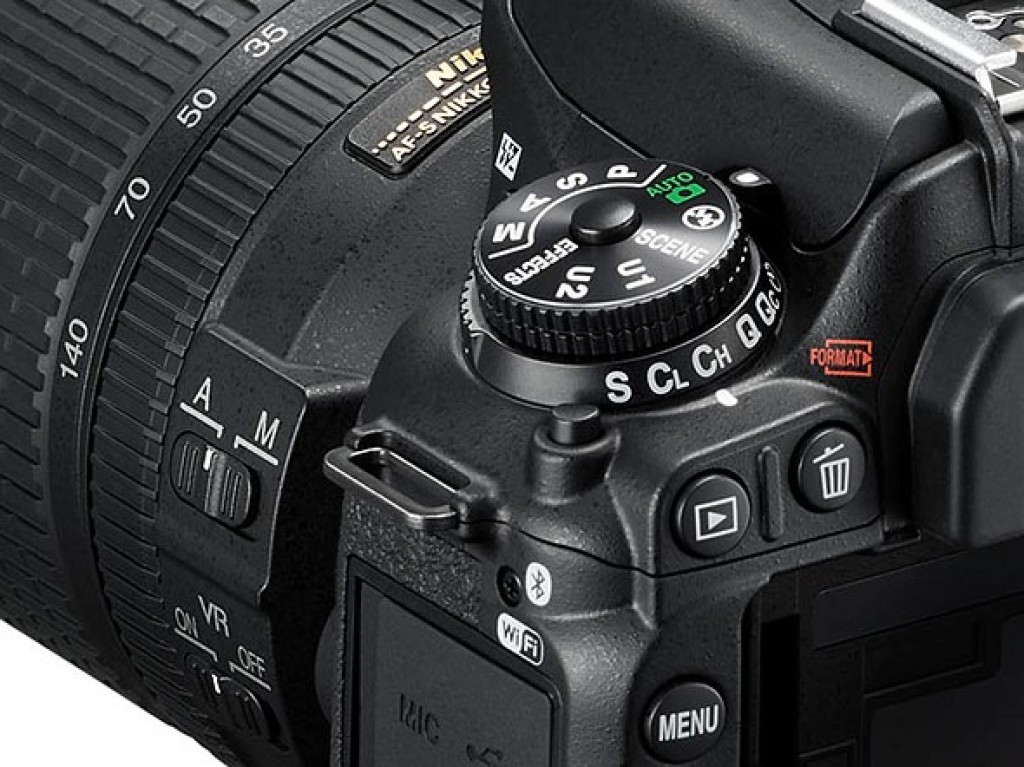
Shooting rate and buffer
Switch the Nikon D7500 into ‘Continuous High’ shooting mode and you’ll be greeted with a solid 8fps burst speed, while the EOS 80D tops out at 7. It’s not a huge disparity to be sure, but it’s when you hold that shutter button down that you’ll really notice a difference.
The EOS 80D’s buffer is capable of holding 110 JPEG or 25 Raw images, while the D7500 allows for an infinite amount of JPEG shooting as well as 50 uncompressed 14-bit Raw files.
For those that need to shoot either long bursts or several successive short bursts of fast action, the D7500 pulls ahead handily.
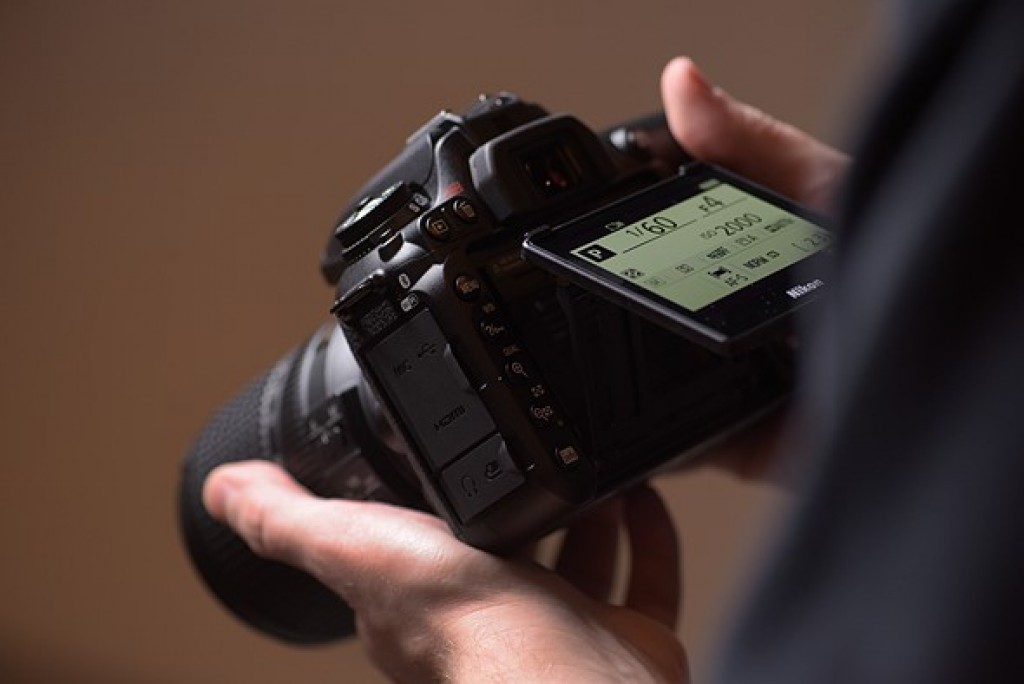
Screen
Both the D7500 and 80D have screens that are 3.0″ diagonal and offer touch functionality. The 80D’s is marginally higher in resolution, and comes with a more standard (for this sensor format) 3:2 aspect ratio, but it is a fully-articulating design, while the D7500’s is a tilt-only design.
The tilting design on the D7500 offers more unobtrusive from-the-hip street shooting, without a big screen flipped out to the side, but the 80D allows for shooting from high-and-low angles in both portrait and landscape orientation.
Keeping a hand on the EOS 80D’s fully articulating screen may also help stabilize the camera, but on the other hand, flipping the screen out will impede usage of the HDMI and USB ports. This is a problem for those using an external video recorder, or those who are want to shoot tethered in a studio. The tilt-only screen on the D7500 won’t present a problem in either of those situations.
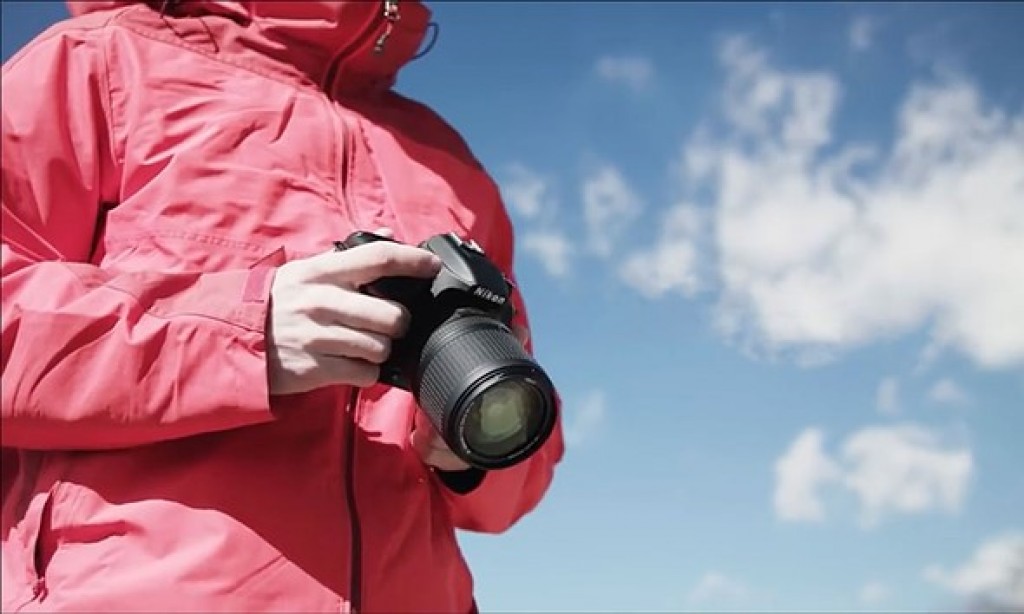
Body, controls and build
But what if you’re venturing outdoors, into potentially rainy or adverse conditions? Neither of these cameras offers an all-metal body but both are reassuringly well-made.
The D7500 is constructed with a combination of Carbon Fiber Reinforced Thermo Plastic (CFRTP) and magnesium alloy, while the EOS 80D is made from polycarbonate plastic, and both are weather-sealed, to some extent. The D7500 feels a little more solid in the hand, but unless you’re heading into a war zone or are very hard on your cameras, build quality shouldn’t play too heavily into your choosing one of these cameras over the other.
Both cameras offer two control dials for easy manipulation of manual camera settings, have an abundance of external buttons and switches and offer a reasonable level of customization. Each offers a single SD card slot, and the EOS 80D is CIPA-rated to 960 shots on a full battery, while the D7500 is rated to 950 shots. Both offer 100% coverage viewfinders, though the D7500’s is marginally bigger in terms of magnification.
The question of whether Canon’s ergonomics and controls versus are superior to Nikon’s is highly subjective. It’s best, if you can, to just pick each one up and see how they each feel for yourself.
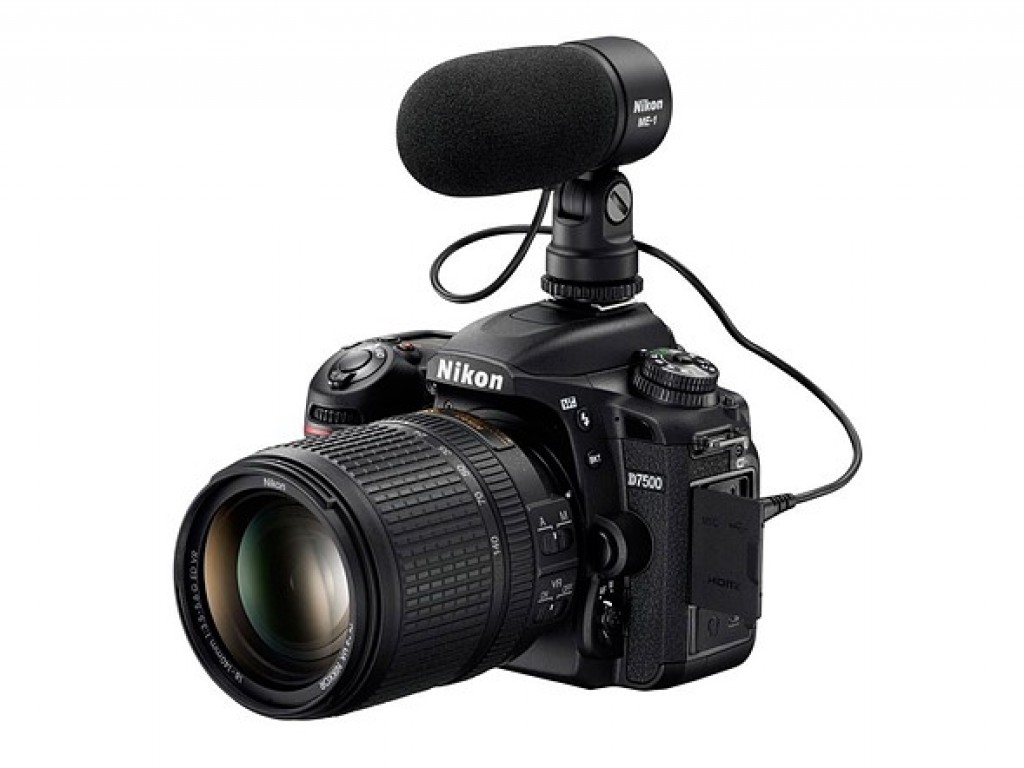
Video
At first glance, the D7500 might appear to be the more ‘serious’ video camera. Both cameras offer headphone and microphone ports, HDMI out and have touchscreens for placing focus, but while the 80D offers a maximum video recording resolution of HD 60p, the D7500 can shoot 4K. But there’s more to it than that.
The 4K video mode on the D7500 comes with an additional 1.5x focal length crop over the existing 1.5x crop from using an APS-C sensor, meaning a full 2.25x crop relative to the focal length printed on your lens. This means even at the 18mm wide-angle setting of the D7500’s kit lens, you’ll be getting a 40.5mm-equivalent field of view when you shoot 4K video. On the other hand, the D7500 has no crop factor when shooting Full HD, just like the EOS 80D, so you could argue that having 4K at all is a nice bonus.
The D7500 also comes with zebra highlight warnings and a flat(ish) picture profile, so it should be easier to keep highlight clipping in check than on the EOS 80D. Neither camera offers sensor-shift or digital image stabilization, so it’s best to make sure you’ve got stabilization built in to your lens for handheld video shooting.
So yes, so far it seems like the D7500 is the one to get for video shooting. But not so fast.
We’ve found that Dual Pixel Autofocus gives Canon cameras an incredible advantage when it comes to autofocus in video. The D7500 is still stuck with plain-old contrast-detect AF, which means lots of hunting, whereas the EOS 80D will stick to subjects or people’s faces reliably, and makes for easy focus racking and run-and-gun shooting.
In the end, despite the relatively pedestrian HD video spec, we think that Dual Pixel AF alone is enough of a reason to recommend the EOS 80D to those that are interested in shooting video, even above and beyond the D7500’s 4K capability and additional capture aids. It really is that good.
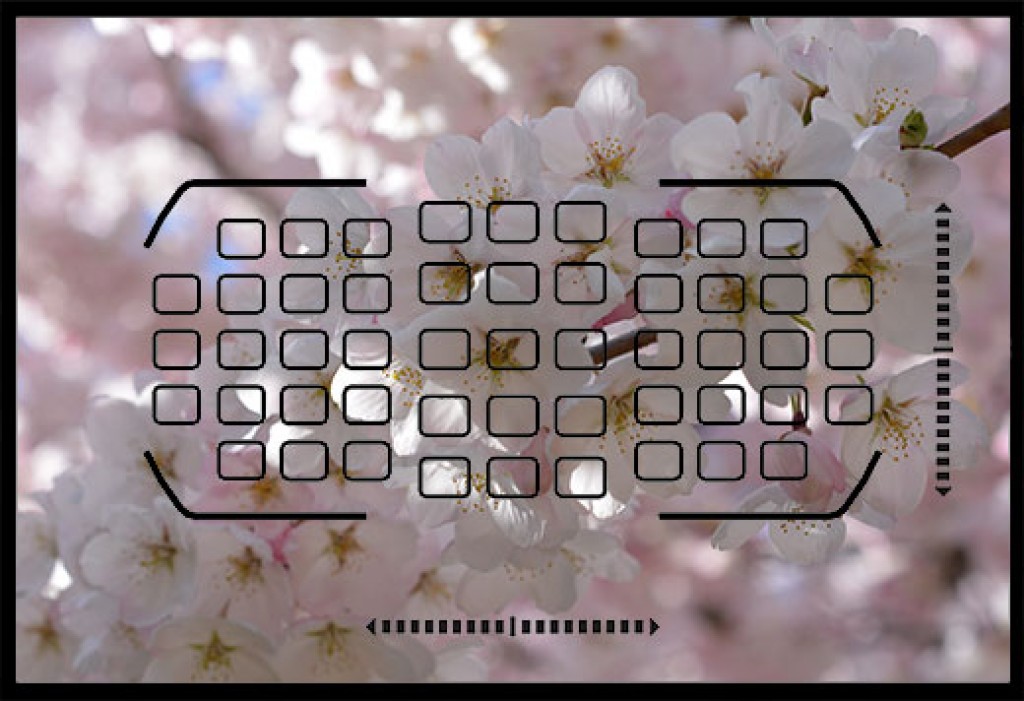
Autofocus
The D7500 has a carryover 51-point (15 cross-type) autofocus system from the D7200 (and the D750), but now includes the D500’s 180k-pixel metering sensor for more accurate subject tracking (which Nikon calls 3D Tracking) through the viewfinder. In our initial testing, the new metering sensor makes a noticeably positive difference.
The EOS 80D, meanwhile, has a 45-point system where all points are cross-type, and uses a 7560-pixel RGB + IR metering sensor to help drive its iTR (Intelligent Tracking and Recognition) subject tracking.
When shooting through the viewfinder, the D7500’s subject tracking wins handily, sticking reliably to subjects more reliably than the 80D as they move about the frame. It also offers Auto AF Fine Tune, first seen on the D5 and D500, to help you calibrate your specific lenses to your specific D7500 for the best possible results.
However, Canon’s Dual Pixel AF isn’t done yet. When shooting in Live View, the D7500 feels absolutely prehistoric compared to to the EOS 80D. While you can tap to move your focus point on the D7500, you’re still greeted by a series of pronounced hunts before the camera settles into critical focus. On the 80D, just tap, and watch the camera smoothly rack focus, lock on and track.

Connectivity, battery grip
In terms of wireless transfer, whether to your phone, a laptop, the cloud or elsewhere, there’s not between these two cameras. The D7500 gains Bluetooth LE to (hopefully) help make the pairing process easier, but if you’re an Android user, you may find NFC on the EOS 80D to be more convenient.
Lastly, for those needing extended stamina, there is a first-party battery grip option for the EOS 80D, while Nikon doesn’t have one for the D7500.

So, which is better?
Well, of course it depends.
For those who are shooting fast action and stills and primarily use the optical viewfinder, the D7500 is a better bet, with its faster burst speed, deeper buffer and better (likely class-leading) phase-detection autofocus system, with 3D AF tracking.
For those who have a greater emphasis on video and don’t necessarily need 4K (or just don’t want it at a 2.25x crop), the EOS 80D is hard to beat, due in no small part to Canon’s Dual Pixel AF. It just makes it so easy to shoot video that’s properly focused, allowing for dependable face detection and subject tracking as well as precise focus racking.
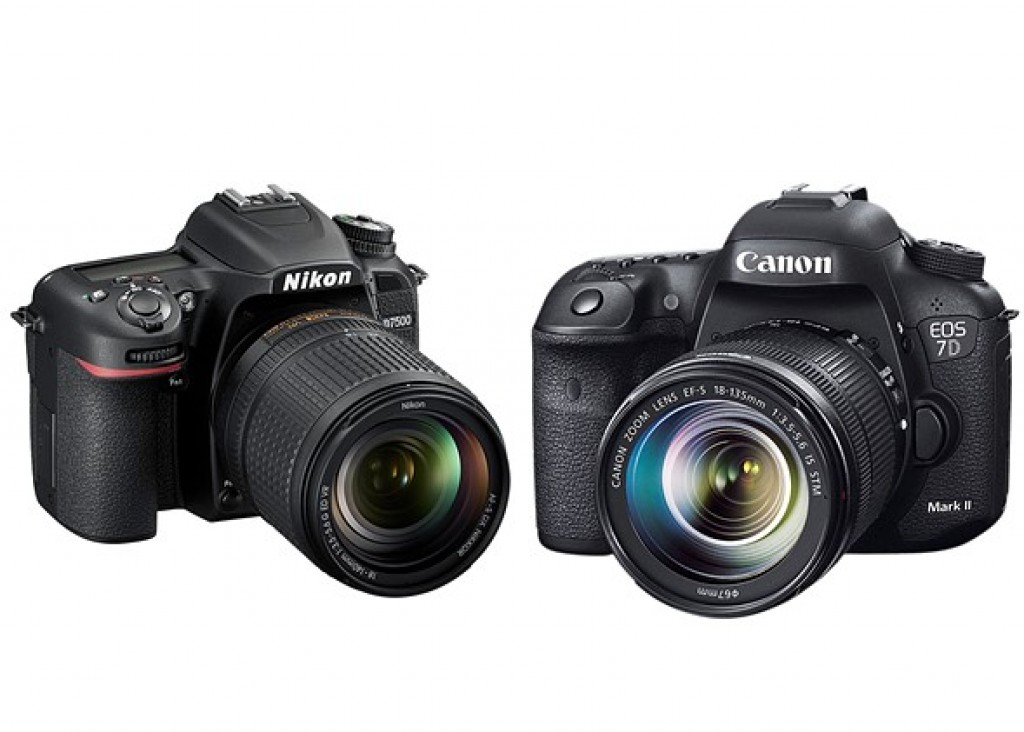
Versus 7D II?
There’s another camera in Canon’s roster that to some degree also competes with the D7500 – the more pro-oriented EOS 7D Mark II.
The 7D Mark II came out back in September of 2014, so while it’s a little long-in-the-tooth, it remains Canon’s APS-C flagship. While it was released with an MSRP of $1799, it currently sells for around $1499, so about $200 more than the Nikon D7500.
While they both have sensors with similar resolution, the D7500 is almost certain to have notably better dynamic range and improved high ISO performance thanks to its newer, D500-inherited sensor. The 7D Mark II does have dual card slots (one CF and one SD), but the D7500’s buffer still allows for longer burst shooting in Raw. In the name of outright durability, the 7D II’s screen is fixed.
The viewfinders and level of external controls are also comparable, though the the 7D II is made from a heftier magnesium alloy body. To go with its 65 all cross-type point AF system, the 7D Mark II comes with an AF joystick to make AF selection easier, though Nikon’s 3D Tracking will still handily outperform Canon’s older implementation of iTR. On the other hand, while the 7D II comes with an older processor, it still comes with Dual Pixel AF, and as such, it should offer a better live view experience than the D7500.
Lastly, connectivity on the 7D II comes with an optional Wi-Fi SD card, while it’s built in on the D7500.
Overall, the EOS 7D Mark II is still a dependable, durable workhorse that is serving seasoned pros well – but if you’re looking at getting a new camera or are just considering moving into the enthusiast DSLR segment, we can’t help but feel the Nikon D7500 is a better choice.
Sоurсе: dpreview.com






































